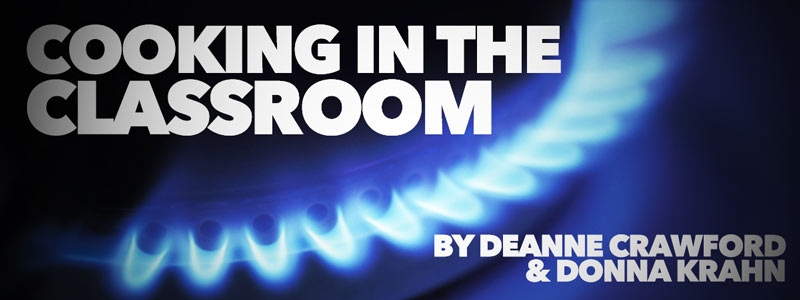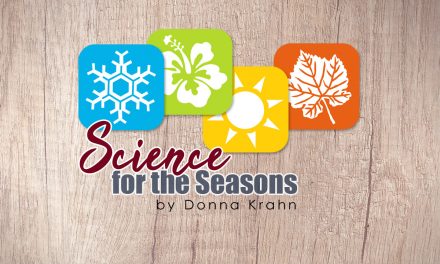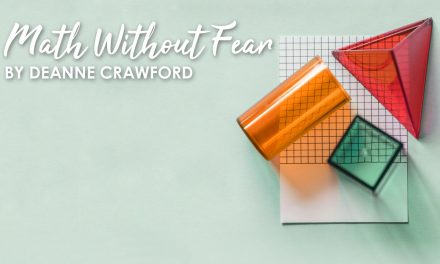During the slower paced winter seasons, you will typically find the consultants researching and writing workshops for the upcoming convention season. To be honest, this is one of our favorite activities. We love researching a topic, narrowing the great amount of information we find and creating a workshop with applications to meet the needs of homeschooling families that we interact with in our office and in convention halls.
This year, Donna and I are excited to share about the valuable lessons available through Cooking in the Classroom. While I don’t have room here to share the complete presentation, I hope the highlights will whet your appetite to allow your children to create more than a mess in your kitchen.
Benefits abound when you cook together as a family, here are just a few: teaching your children life skills; allowing them to practice their math skills-for example fractions, measurement, probability, geometry, problem solving (or am I the only one who gets confused and adds too much sugar or flour sometimes?); younger children can use cooking to explore the senses; bring a sense of authenticity to your history lessons or enhance the cultural experience in geography and your foreign language lessons; and (my personal favorite) cooking provides multisensory teaching of a topic that children may not grasp through traditional methods.
Here are a few of our recipes and fun educational ideas for you to enjoy learning together in the kitchen. We have organized them by subject for organization purposes.
History
A Depression era study is not complete without introducing your children to a watery soup or lard sandwich. Not appealing? How about this simple meatless meatloaf recipe (which doesn’t sound appetizing but is filling) Ingredients: 1 c. rice, 1 c. Nuts crushed (peanuts were readily available and inexpensive but other nuts can be substituted) , 1 c. cottage cheese, 1 egg, 1 tbsp. Oil, 1 tsp. salt. Combine all ingredients together and bake in a loaf pan for 30 min or till set.
Geography
This was a big hit with my children. Using your favorite sugar cookie recipe, mix all ingredients together and roll onto a large cookie sheet. With a butter knife, shape into a map of the U.S. (or country studied). Bake till lightly brown on edges and cool. With vanilla frosting as a base (your glue), decorate the map using a variety of candies. For example, Hershey kisses or chocolate chips for the mountains, blue icing for the waterways, yellow sprinkles for the deserts and green-dyed coconut for grassy areas. (Use your imagination – any variety of decorations or candy will work). Admire your handiwork and enjoy dessert with Dad.
Science
How about an edible sedimentary rock or igneous rock for your geological studies? These easy and yummy recipes may be perfect to help your children understand the different rock properties.
Sedimentary Rocks:
1 ¼ cups crushed flake cereal, 1 1/2 tbsp. Sugar, 1/2 cup margarine.
Melt the margarine. Mix with cereal and sugar. Press into an 8×8 or 9×9 pan.
1 cup chocolate or butterscotch chips, 1 ¼ cups coconut, 1 cup chopped nuts, 1 can sweetened condensed milk (14oz). Sprinkle the chips over the cereal layer. Sprinkle the coconut over the chips. Sprinkle the nuts over the coconut. Pour condensed milk over the layers. Bake at 325 degrees for 25 minutes.
Igneous Rocks:
1 can evaporated milk (6oz), 1 1/2 cups sugar, ¼ tsp salt, 1/2 cup chopped nuts, 1 ¼ c. chocolate chips, 1 tsp vanilla.
Grease an 8×8 or 9×9 pan. Combine evaporated milk with sugar and salt in a saucepan. Bring to a boil. Reduce heat and simmer, stirring for 5-9 minutes. Remove from heat. Add remaining ingredients and stir gently. Pour into prepared pan and let cool. Refrigerate.
Math
Although all recipes incorporate math, here are some fun suggestions to expand on math in the kitchen. Try doubling, tripling, or quadrupling a recipe. Have a large quantity recipe? Cut it in half or quarters. Make cookies and “forget” an ingredient. How do they taste? (This is also excellent for science.) Make bread an add too much of one ingredient that is not easily calculated. Have fun with it. Even ask your children to “Create” their own recipe-not only ingredients but also the amounts. What is the result? Analyze it. What needs to be added (or removed)? This is also great for science, creativity and problem solving skills.
As you can see, the educational value of cooking with your children is limitless. It is my hope that these recipes and ideas have whet your appetite to have fun with your children in the kitchen, especially in these long winter months. The greatest benefit of all? Creating fun, family memories together!





